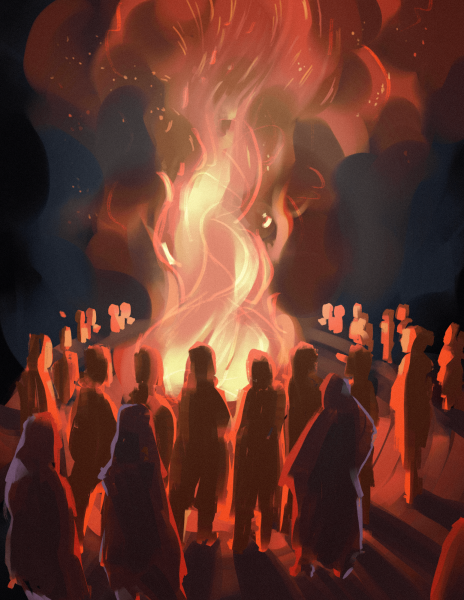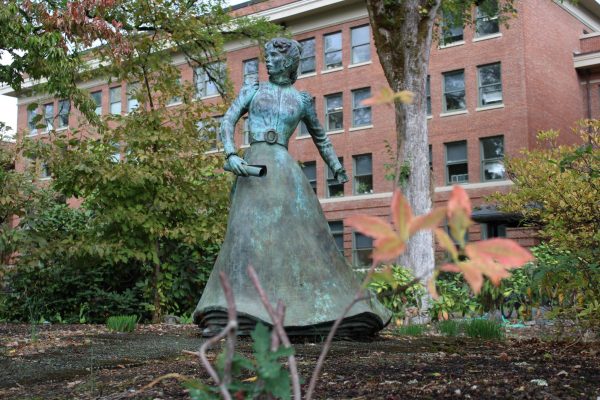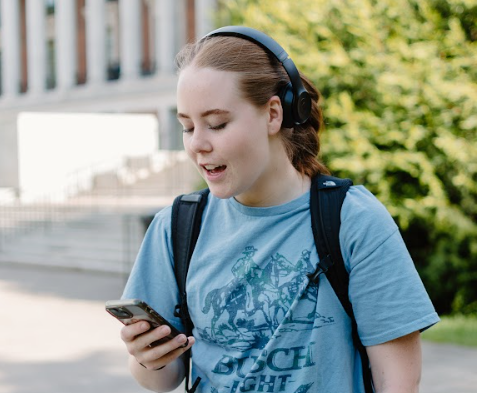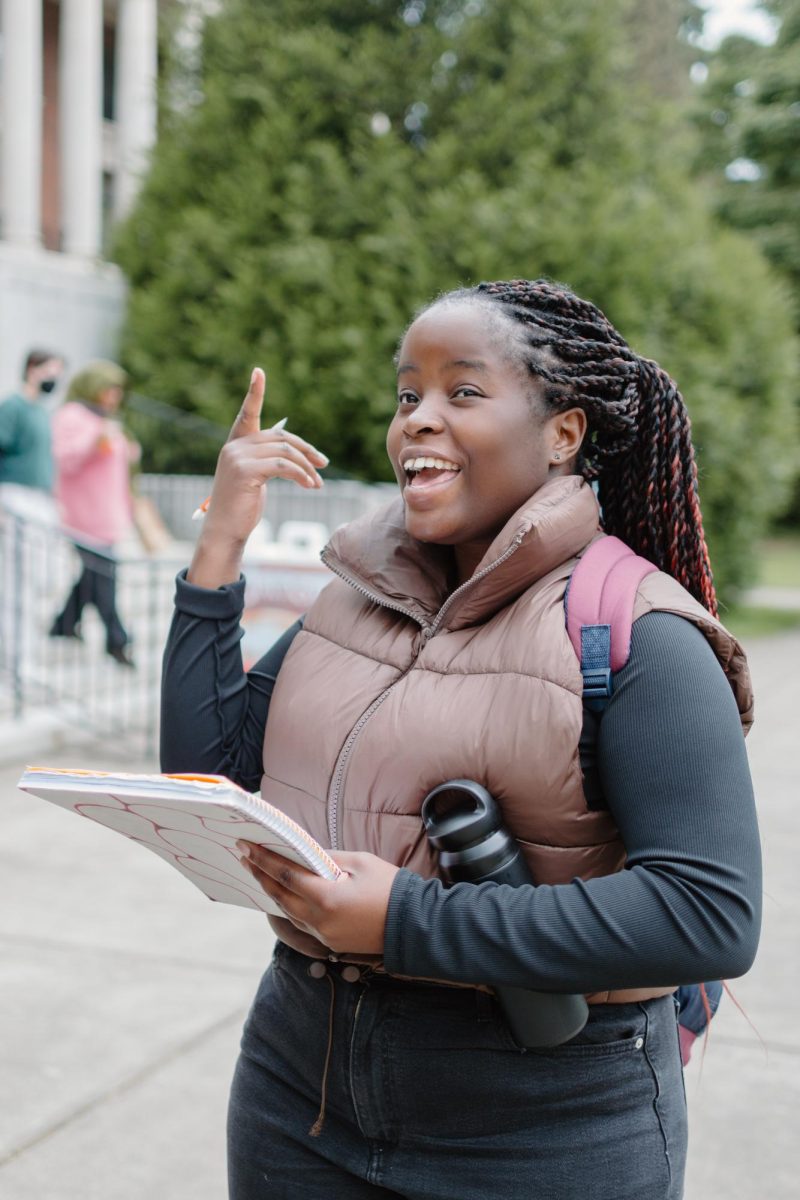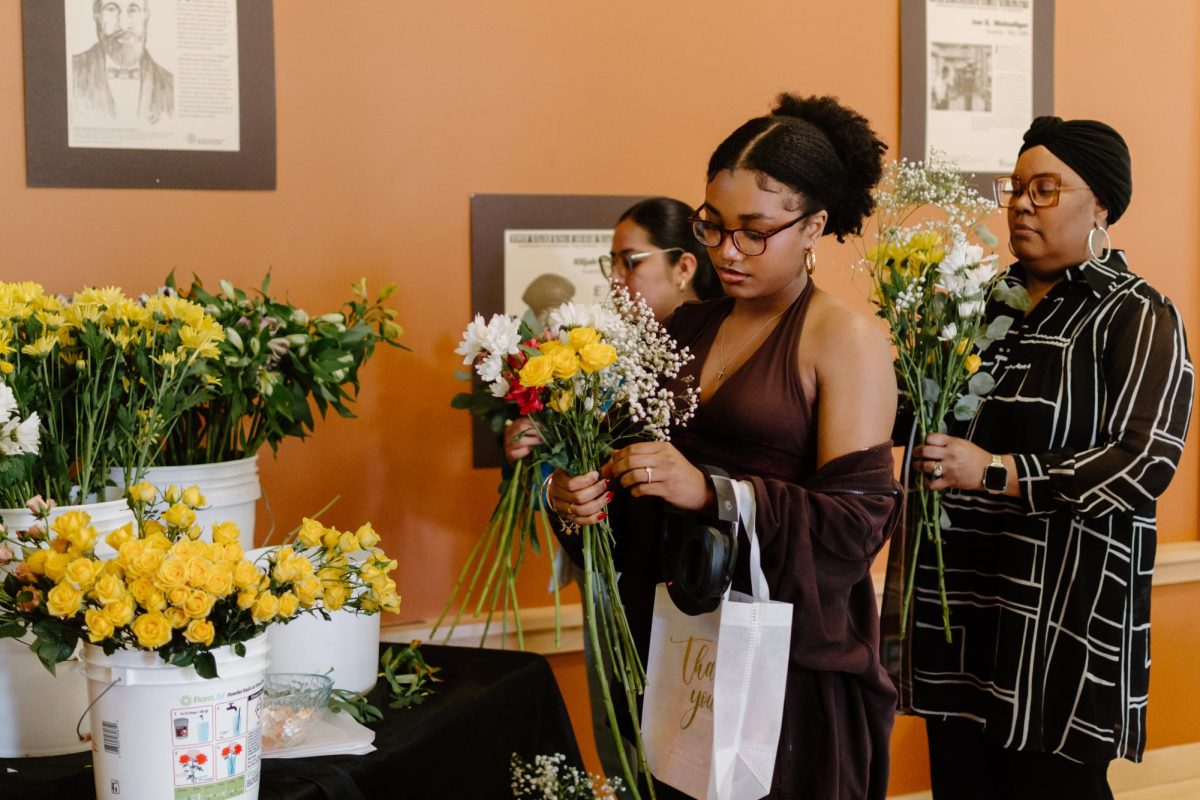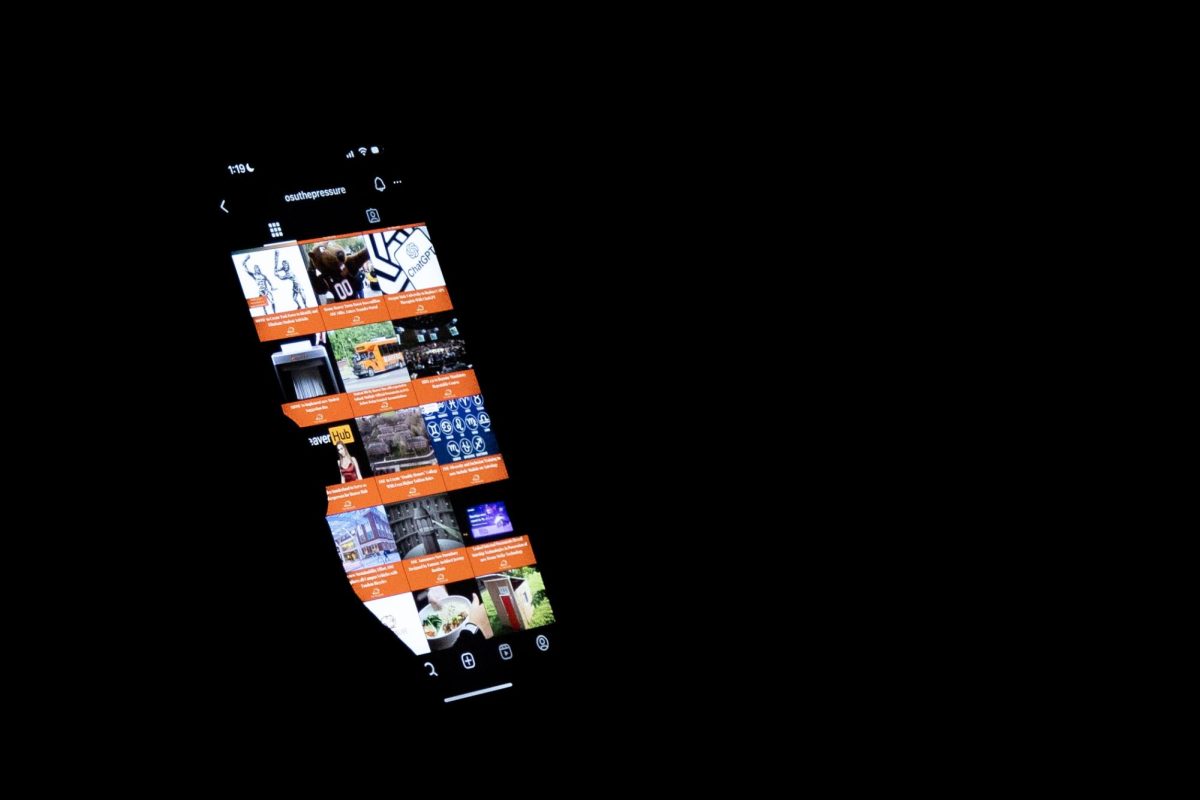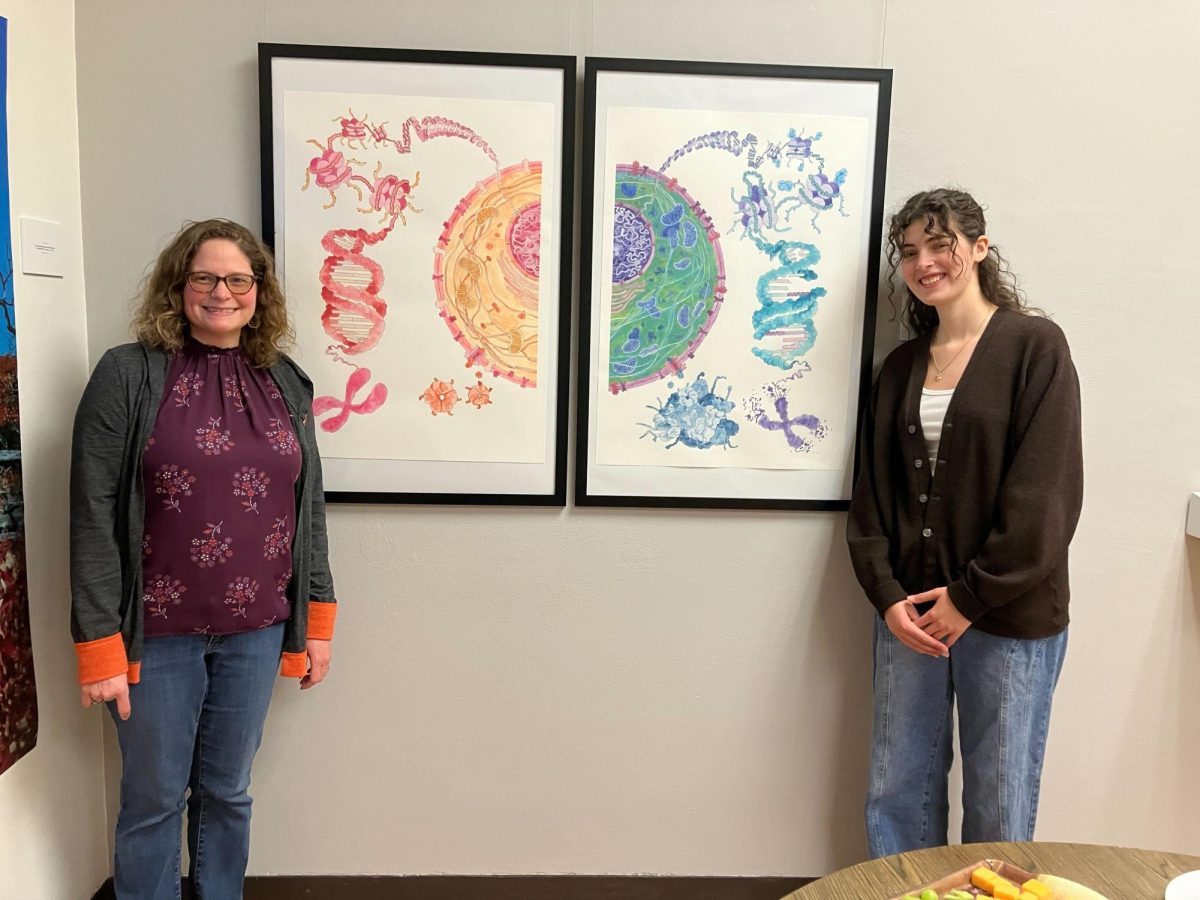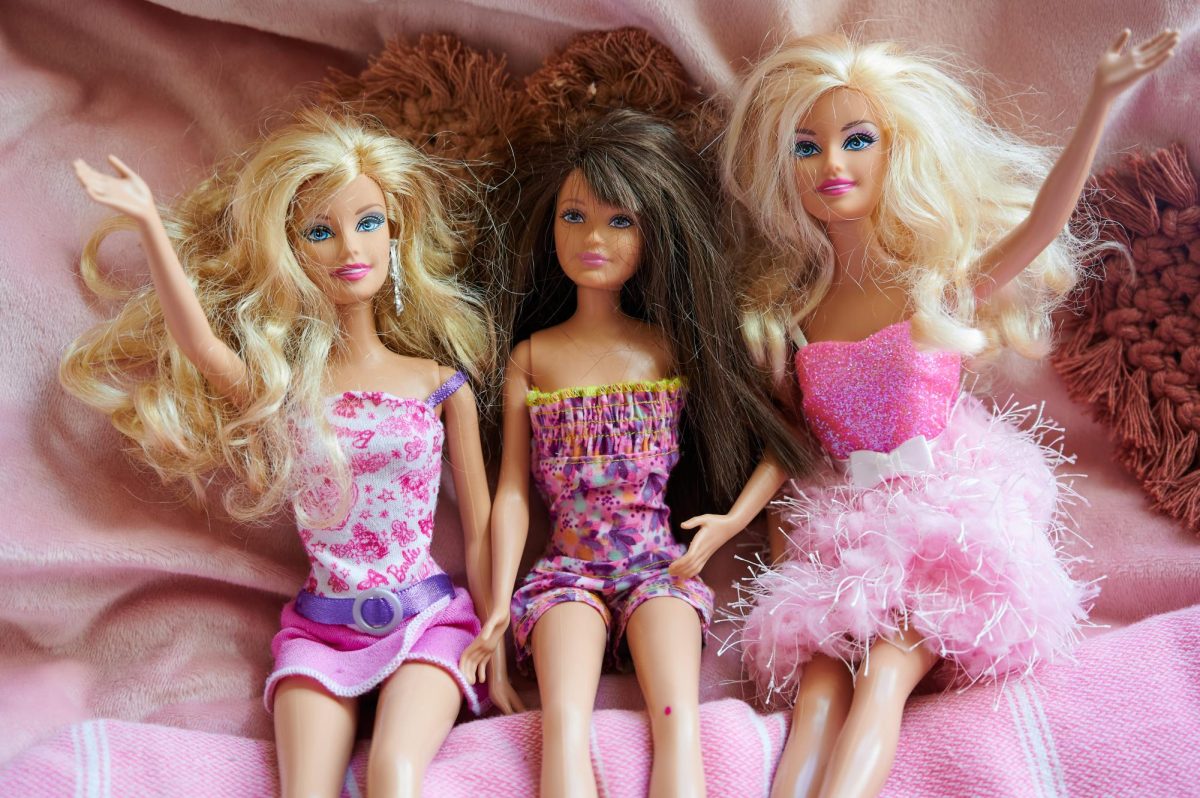Editor’s Note: This is a column and does not reflect the views or opinions of Beavers Digest
If you haven’t seen them online, you’ve seen them sitting on desks, rattling in people’s hands and hanging out of backpacks– the big, insulated tumblers with the Stanley logo engraved onto a bright coating.
Most agree that the upswing of the trend began when TikTok user @danimarielettering posted a video of the burnt-out interior of her car and an unblemished Stanley cup still in the cupholder. As she pulls the cup from the wreckage, you can hear the ice still rattling around.
But ask the Wirecutter, Vox and any number of blogs– despite this video, the cup doesn’t have anything other insulated cups don’t. But Stanley went from a reported $73 million in revenue in 2019 to $750 million in 2023. There must be something.
Rumbling on the internet has chalked it up to the three infamous offenders: capitalism, consumerism and social media.
Matt Johnson, a writer and cognitive psychologist told TeenVogue in mid-January, “If you have a Stanley water bottle, you’re kind of signaling that you’re very in, and you’ve got your finger on the pulse,”
It’s a way of aligning with a community, in the same way someone might buy a t-shirt at a concert merch table– but there’s no concert to go to. There’s no shared physical space or conversations happening.
Beaver’s Digest posted an instagram survey, asking Oregon State University respondents if they had a Stanley tumbler, and why they bought it. It garnered five responses and only one reported actually having the viral cup.
“It was given to me as a gift,” said Paige Michalski, a first-year pre-graphic design major.
The other respondents, those who did not own the tumbler, had a number of reasons why.
“I can buy the same type of water bottle at Fred Meyer’s for half the cost,” said Kaylene McLaughlin, a fourth-year psychology major.
“I have a perfectly good water bottle I’ve been using for 10 years, I don’t see a reason in purchasing a brand new $40 water bottle that leaks every time it tips over,” said Jori Huhn, a second-year psychology student.
Considering the social media hype, one might expect the responses to be positive towards the tumbler– but they weren’t. Most respondents either bought a “dupe” or didn’t buy the cup entirely.
“They are too expensive. I bought a similar one because I think they’re cute and functional, but not worth the price,” said Jay Enghauser, a fifth-year creative writing major.
There’s a lot of complexity in this bubble between viral trends, consumerism and community. But the responses to the survey almost make me think of the term the “third place,” penned by sociologist Ray Oldenberg.
In his book “The Great Good Place”, the third space refers to the “anchor” of community life. If the “first place” is someone’s home, the “second place” is someone’s work– the third place is something like a coffee shop, or a bar.
“But the third place, the people’s own remedy for loneliness, and alienation, seems easy to ignore,” wrote Oldenberg.
Oldenburg, as well as the many sociologists that followed him, agreed that America was seeing a decline of third places. But you wouldn’t know it, living on a college campus.
OSU’s campus has no less than three coffee shops, not to mention Dutch Bros, Interzone, and Allann’s Coffee and Tea that orbit the campus. They have their lulls, but lines often go out the door and around the rotunda during peak hours– good luck finding a table at Javastop unless you get there at seven in the morning.
The coffee shop is a great example of a third place – but Oldenberg’s criteria fits just about every spot on campus. According to Oldenberg, a third space should be neutral, accessible and promote conversation as the main activity.
I think of chatting with a study group about weekend plans on the fourth floor of the Valley Library, or inviting neighbors to join a game of pool in one of the dorm halls. Campus is riddled with third places, it’s riddled with community. As viral trends and hyper consumerism nag at what a “community” is, they feel less impactful when community is as inescapable as it is on a college campus.






